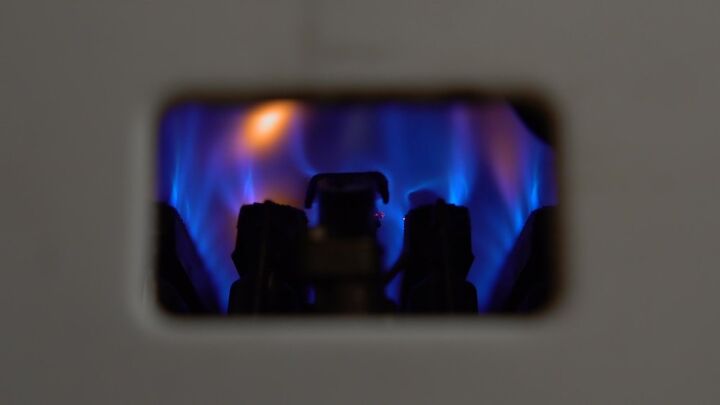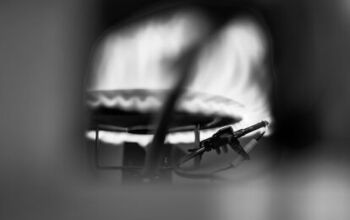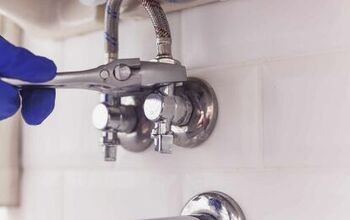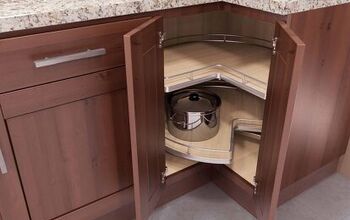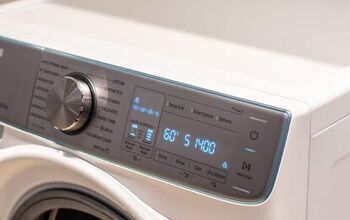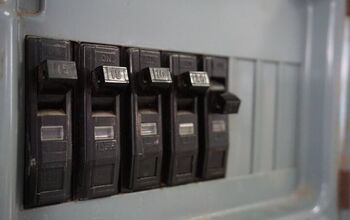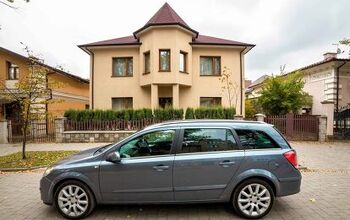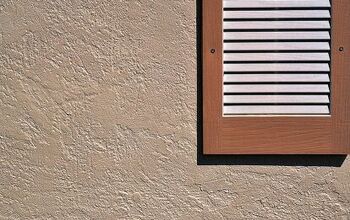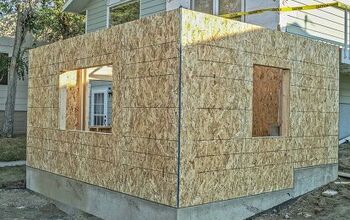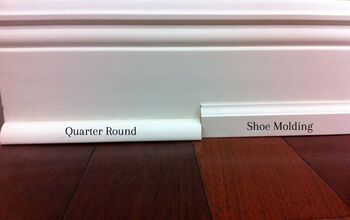Water Heater Igniter Won't Spark? (We Have A Fix)

Depending on the water heater you have, it may use an igniter to ignite the gas. When you hold down the pilot switch on a gas heater and click the igniter button repeatedly, a small spark should ignite the pilot. However, if the pilot flame will not light after you click the igniter, you need to verify that a spark is happening inside the pilot.
When the piezo igniter is pressed down and released, an electric spark is produced to light the primary gas burner in the water heater. The electrode should release a spark simply by pressing the piezo igniter. If the spark electrode won’t produce a spark, the electrode itself is likely defective and needs replacing.
We’ll walk you through how to troubleshoot the issue of your water heater igniter not sparking, and educate you on possible solutions. We’ve also outlined some other common water heater pilot light problems and how to fix them.
Related Content: Electronic Ignition Water Heater Won’t Light? | How To Stop Wind From Blowing Out Pilot Light | Honeywell Water Heater Pilot Light Won’t Light? | Is It Dangerous For The Water Heater Pilot Light To Go Out?
Do You Need Water Heater Repair Services?
Get free, zero-commitment quotes from pro contractors near you.

What Is a Pilot Light and How Does it Work?
The pilot light in your water heater is a small device that is designed to provide the flame to light the gas released out of the gas valve and main burner. Whether your water heater is running or not, in some water heaters, the pilot light is always burning while using a minute amount of gas. Once heating is required, the gas control valve will discharge gas into the main burner and the pilot light will ignite the gas.
Aside from lighting the gas burner, the pilot also heats the thermocouple, which creates a small amount of electricity to hold the electromagnetic valve open inside of the gas control valve. That way, the gas can flow easily. If, for whatever reason, there isn’t a pilot light or it gets blown out, the thermocouple will cool and stops generating electricity, causing the gas valve to close and the unit to shut down.
Most modern water heaters no longer have standing pilots. Instead, they use electronic ignition or a spark ignitor to ignite the gas.
Water Heater Igniter Won’t Spark
When you click the igniter to light your pilot flame, there should be a tiny spark happening inside of the pilot. To get a better look, consider dimming the lights in the room. If the pilot light won’t light and there is no spark, the problem usually lies with the spark electrode. However, the unit could be experiencing any of the following issues:
- A clogged pilot line. Make sure that there is no dirt or debris clogging the line. Clean it or replace it accordingly.
- A faulty piezo igniter. Your gas water heater uses the piezo igniter to light the main gas burner. When the igniter is pressed down, it releases a spark which ignites the gas. If there is no spark, it could be because of an issue with the entire igniter.
- Loose wire connections. Check to make sure that all wire connections are appropriately tightened, and tighten where necessary.
- A broken electrode. When the igniter switch is pressed down, the electrode is what releases the spark. If the electrode is faulty or broken, there won’t be a spark. In this case, you’ll need to replace the electrode entirely.
- Carbon deposits and/or grime on the pilot light. Clean the tip of the electrode to remove any dirt, rust, or other debris by using a dry cloth and sandpaper.
Video: How to Fix It
Water Heater Pilot Light Won’t Light
On the other hand, if the pilot won’t light but you do have a spark, this means that gas is not reaching the pilot. This issue is most likely caused by one of the following:
- The gas valve on the gas supply pipe may be shut off. Verify that this valve is open. The handle of the valve should be parallel to the pipe. If not, then it is turned off.
- The thermocouple could be faulty or broken. The purpose of the thermocouple is to detect the pilot flame. If it does not perceive a flame, it stalls the ignition process, and therefore, the burner will not be able to light.
- Low gas pressure or a defective gas control valve may result in the pilot light going out frequently. If you suspect that this is the case, you will need to contact a water heater repair person or your gas company to correct it.
- Air in the gas line. If your water heater was recently installed, the gas line may be filled with air. If this is the case, you need to expel the air from the line by holding the pilot knob down a little longer.
How to Light a Gas Water Heater Pilot Light
If your gas water heater has an electronic ignition system, you should never attempt to light it by hand. The procedure for properly lighting a pilot light will vary based on the water heater you have. Therefore, you should always consult the instructions from your manufacturer. However, the most standard procedure for lighting a gas water heater pilot light is as follows:
- Turn the thermostat to its lowest possible setting.
- Turn the control knob to the OFF position. In some instances, you may need to push the knob down in order to turn it from Pilot to OFF.
- Wait for a few moments to clear out any gases in the lines.
- Switch the knob back to the Pilot position.
- Press and hold down on the gas control knob, or pilot set button.
- At the same time as you’re holding down the pilot switch, press on the piezo igniter. When you click the igniter, you should hear a “click” sound, indicating the spark igniting the pilot.
- Once the pilot light is on, continue pressing down on the pilot switch for a minute to allow the flame to heat up the thermocouple.
- Then, release the knob and it should pop back up.
- Turn the control knob to the ON position.
- Set your thermostat to the desired temperature.
Again, this process may vary slightly based on the make and model of your water heater. To properly and safely light your pilot light, always check the instructions first.
Pilot Flame Keeps Going Out
Another common issue with the pilot light on water heaters is that the flame frequently goes out. If your pilot flame lights but keeps going out, its vent is most likely dirty and/or clogged. This makes the pilot flame small and unsustainable. Check for any obvious dirt or debris that could be clogging the pilot and clean accordingly.
Alternatively, if the pilot light goes out right after you light it, you want to reset the door switch, or high-limit reset switch. This switch can be found by viewing the door at the base of the tank. Simply push the switch and listen for a click. Then, proceed with relighting the pilot per the steps outlined above.
If your pilot light still won’t stay lit, the issue is almost always caused by a defective thermocouple. You can easily replace this part yourself for cheap, or consider hiring a professional to ensure that it is properly installed.
Troubleshooting Pilot Flame Visually
One relatively easy way to verify if your pilot flame is working as it should be is to inspect it visually. A brief visual inspection will generally help you discover possible issues with your pilot flame. That way, you can correct them and return your water heater to proper functionality.
- A pilot flame that burns bright blue is indicative of a standard, healthy pilot.
- A yellow flame signifies that the airflow is insufficient, the pilot tube is dirty, or the gas combustion is incomplete.
- A flame that flickers or wavers means that there is a draft.
- A split flame indicates that there is dirt inside of the tube that necessitates cleaning.
If the flame’s color is red, yellow, green, or anything other than bright blue, this means that something else is inside of the gas and is burning along with the methane. It may be rust, oil, grime, dirt, or excess air in the system. Regardless, these elements can release toxic chemicals when they burn, so you should look into having a repair done immediately.
Do You Need Water Heater Repair Services?
Get free, zero-commitment quotes from pro contractors near you.

Related Questions
Can I manually light my gas water heater?
You can only light a gas water heater manually if it does not have an electronic ignition system. To do this, turn the water temperature dial to Low and the On/Off/Pilot knob to Pilot. Push the On/Off/Pilot knob down with one hand and use your other to hold a barbecue lighter. Position the lighter over the end of the pipe by the burner. This should cause the pilot flame to light instantly.
Why does my pilot light keep going out on my gas water heater?
The most common cause for a pilot light that repeatedly goes out on a gas water heater is a damaged, dirty, bent, or faulty thermocouple.
How do you know if you have a defective thermocouple?
If the pilot flame lights and then goes out after you’ve released the gas control knob, provided you have held it in for the recommended 20 to 30 seconds, this is a strong indication of a thermocouple malfunction.
Related Guides

Jessica considers herself a home improvement and design enthusiast. She grew up surrounded by constant home improvement projects and owes most of what she knows to helping her dad renovate her childhood home. Being a Los Angeles resident, Jessica spends a lot of her time looking for her next DIY project and sharing her love for home design.
More by Jessica Stone



